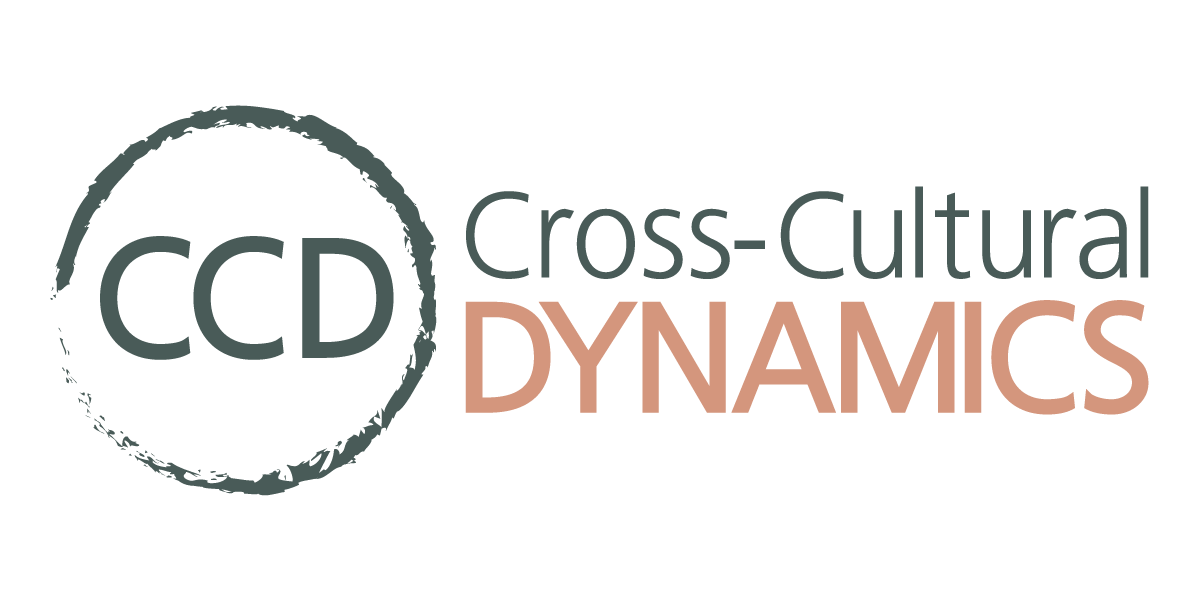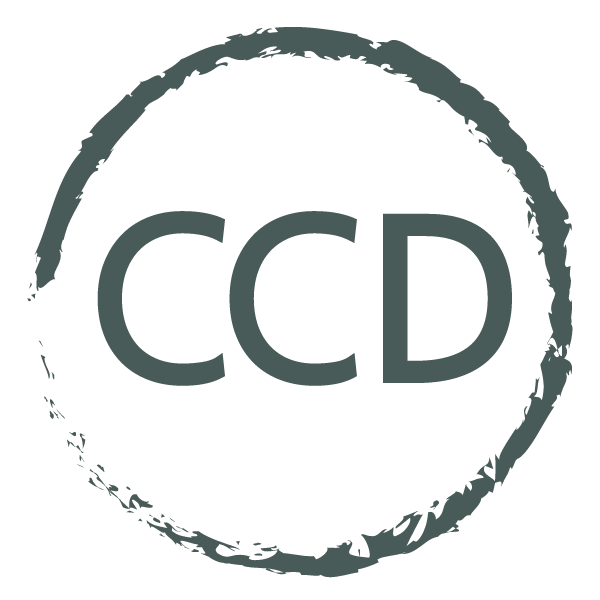Creating Healthy DEI Vocabulary
There is great power within the words we use–for better or worse. Whether it’s intentional or not, your organization is setting a tone and a culture through the vocabulary you use. It shows up in leadership discussions. It shows up in hiring applications. And it shows up in the day-to-day emails, notes, and conversations within your organization. We have the opportunity to create healthy Diversity, Equity, and Inclusion practices, and it most often begins with our language. Have you established and defined DEI for your company?
In an article from The Inclusion Solution, called Let’s Get Practical: Language Matters, Caroline Belden addresses practical ways we can better our language when it comes to DEI. It all comes down to how we speak–how we speak about diversity, our organization, and each other.
How we speak about diversity
“‘Diverse’ is not an adjective for people (e.g. ‘diverse hires’). Using it as such perpetuates the notion that diversity is about ‘those people’—whoever is in the out-group or marginalized group—and not about everyone” (Belden).
Have you ever stopped to think about how we flippantly use the word diversity? Without creating a shared understanding in our organizations, we aim for broad goals of a “diverse staff,” “diversity in our workplace,” or “diversity.” What do we mean? Have you ever stopped to truly analyze what you intend to foster with this important language?
How we speak about diversity matters. Because, as Belden reminds us in her article, you already have diversity in general when you have a group of people–diversity of thought, experiences, backgrounds, etc. So, be intentional to name what kind of diversity you are aiming for. Here is a helpful example from Caroline’s article:
Fostering diversity of thought, commonly acknowledged as necessary for innovation, requires us to foster racial, ethnic, gender, geographical diversity, etc. because diversity of thought is a product of diverse backgrounds and experiences (Belden).
How we speak about our organization
It’s all over our hiring process these days…in applications, websites, and other forms of communication. “Cultural fit” sounds so nice at first glance. It allows us to bypass people who won’t add to the culture we’ve established.
Caution! As you establish your work culture, this idea of a “cultural fit” can begin to exclude people who could challenge your culture in healthy ways, or people who might shift your priorities in ways you never knew you needed to shift. “Describing someone as a ‘cultural fit’ just implies that the person assimilates well into the current culture of the company, rather than considering that ‘adding to’ or ‘shifting’ culture might produce greater results” (Belden). How might the lingo in your office be contributing toward exclusion rather than health?
How we speak with each other
Oftentimes, the most difficult aspect to master within inclusive organizational language lies in the day-to-day interactions with your teammates. You can easily remain distant as you try to “fix” diversity lingo from your office. But what about the diverse group of individuals walking your office hallways each and every day? How might inclusive language with them take you in a healthy direction?
Perhaps the truest motivation for your desire to master DEI language in your workplace is revealed in how you put it into practice with your employees. It might not be out on a billboard or published on your website, but it’s the foundation of your work. Don’t underestimate its importance.
Ask yourself these questions as you practically take an inventory of your ability to speak inclusively with your team:
Do we frequently use one specific pronoun to exclude the other within our job descriptions?
How often does leadership tend to use “we,” “together,” and “us” when talking with their staff?
Are we cautious with jargon or slang that might confuse or exclude?
Do we acknowledge newcomers to a Zoom meeting or in the room?
Defining your terms
In your effort to create a healthy language around DEI, you cannot miss the foundational step of defining terms for your team. Assumptions and biases are a natural downfall for every person. So, as a leader, you must be intentional to create unified understanding on your team. Here are examples of a few definitions from our Cross-Cultural Dynamics team that provide clarity surrounding definitions we have deemed important to understand:
Racism: Race prejudice + institutional; power (=misuse of institutional, systemic, and social power).
Race: an arbitrary socio-biological category created by Europeans (white men) in the 15th century and used to assign human worth and social status with themselves as the model of humanity, with the purpose of establishing white skin access to sources of power. (Maulana Karenga).
Prejudice: the favorable or unfavorable opinion or feeling about a person or group, usually formed without knowledge, thought, or reason. It can be based on a single experience, which is then transferred to or assumed about all potential experiences.
Power: the legitimate control of, or access to, institutions sanctioned by the state, the capacity to act.
Small steps toward inclusive language are better than no steps. Be intentional with your company’s language as you pursue DEI. Define your terms to help define your mission and goals. Oftentimes, it’s not about getting it perfect, but it’s about showing your company you genuinely care about the nuance and complexities that affect them in ways you might not yet understand. Showing up and being consistent in your effort to get there will build trust with your team.

